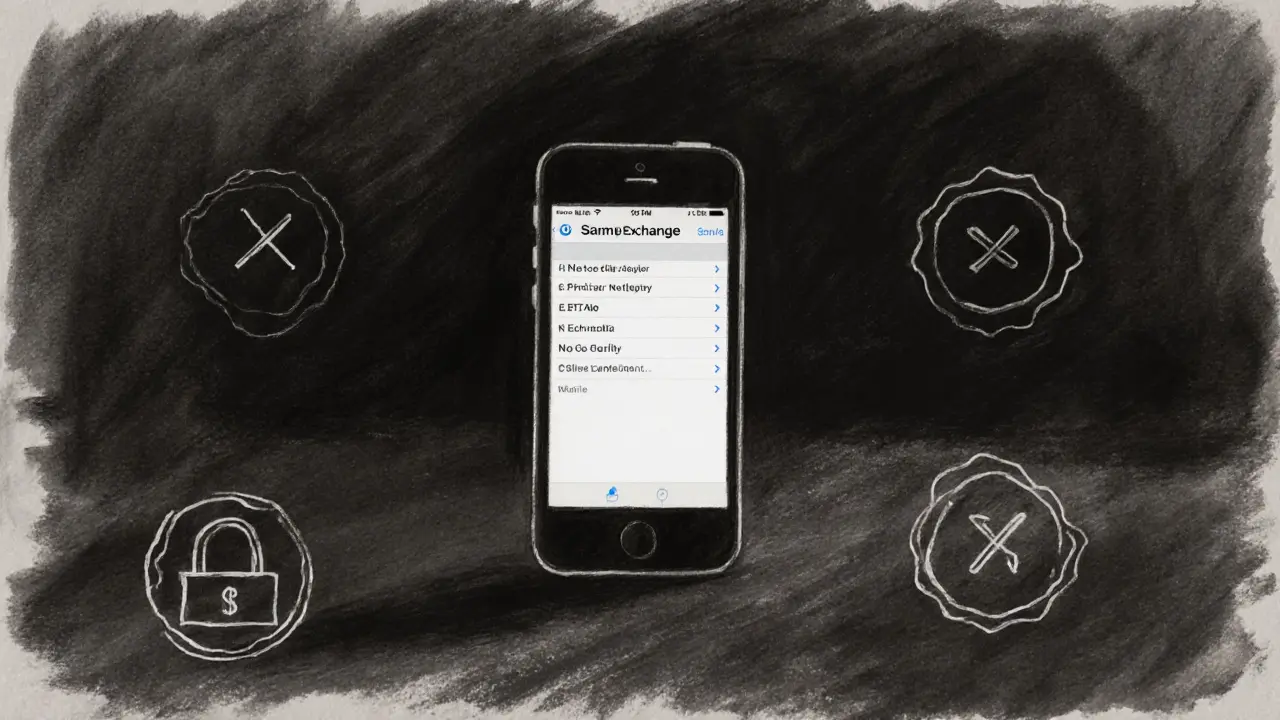mSamex Exchange is a mobile-only crypto app with no transparency, no user reviews, and no security disclosures. Is it safe? The lack of data makes it too risky for anyone serious about crypto.
Spot Trading App: Best Platforms and What to Watch Out For in 2025
When you use a spot trading app, a platform that lets you buy and sell cryptocurrencies at their current market price without leverage or future contracts. Also known as cash market trading, it’s the most straightforward way to own crypto—no complex bets, no expiration dates, just direct ownership. Unlike margin trading or futures, spot trading doesn’t amplify risk. You buy Bitcoin, you hold Bitcoin. You sell Ethereum, you get dollars or stablecoins back. Simple. But not all spot trading apps are built the same.
Some, like Binance, the world’s largest crypto exchange with over 350 coins and low fees, offer deep liquidity, fast order matching, and mobile apps that feel polished. Others, like Nash, a non-custodial exchange that lets you trade without handing over your keys, prioritize security over speed—ideal if you’re wary of centralized platforms. Then there are the ghosts: platforms like Dexfin, a fake exchange with zero users and no trading volume, or Bitroom, a known scam that disappears with deposits. These aren’t just bad—they’re dangerous.
The best spot trading app for you depends on what you value: low fees, non-custodial control, ease of use, or access to niche tokens. If you’re new, start with Binance or a trusted DEX like Uniswap. If you care about privacy, try Nash or a wallet-integrated DEX. Avoid anything with no trading volume, no reviews, or promises of 10% daily returns. Spot trading is about ownership, not gambling. The tools you choose should reflect that.
Below, you’ll find real reviews of exchanges that actually work in 2025—and the ones that turned out to be traps. We cover what’s safe, what’s risky, and what’s outright dead. No fluff. Just what you need to trade without getting burned.

